I had prepared in advance for my meal the next day in nearby Frutillar. The lakeside town was founded by German expats who settled in Patagonia in the 1850s. You can get a mean apple strudel here, but I was set on a meal from Patagonia’s grasslands. If your group calls ahead to Asado Patagón, chef Carlos Iribarne might prepare the grilled lamb. I was solo yet ambitious, and I talked him into preparing a whole lamb, oak-roasted outdoors on a spit. “When in Patagonia, eat by the fire and always bring your knife,” Iribarne advised. “And don’t touch the meat until the barbecue man says okay.”
The next day I met Carlos Serrano, Viña Montes‘s commercial director, at the Chiloé ferry for a drive down the island. With climate change bringing drought and heat farther north, the vines here are a bet on the winery’s future. Though ripening is difficult, “we are getting better grapes,” he noted. “Every year they are happier.” Serrano and I walked down the beach to the vineyard, where we were joined by a group of Santiagans, friends of chef Luis Opazo, who was shucking oysters. To help support the project, Viña Montes is banking on the popularity of its oysters and sparkling wine tasting.
While on Chiloé I stayed at Ocio Territorial Hotel, surrounded by native forest and overlooking the water, where I dined on conger eel stew and spied an austral pygmy owl. Then I went for my last meal before hightailing it back up the Pan-American Highway.
Fogón MiraMar sits on a scruffy beach facing shellfish beds near Castro, Chiloé’s port town. Here, Juan Antonio Velasquez and Gloria Cheuquepil prepare the curanto, which means “hot stone” in Mapudungun. Tending embers atop a pit full of beach stones, Velasquez layered on fava pods wrapped in rhubarb leaves, chicken, salt pork, andouille, potatoes, mussels, clams, and potato bread called chapaleles, and covered it all with tarps. An hour later the curanto was ready. I worked through my mountain of fluffy potatoes, roast meats, favas, and smoky-sweet shellfish. Then someone turned up the music, and Velasquez and Cheuquepil took to the floor, twirling and waving napkins as they performed the cueca, the national dance of Chile, and we all rose to join them.
This article appeared in the January/February 2025 issue of Condé Nast Traveler. Subscribe to the magazine here.

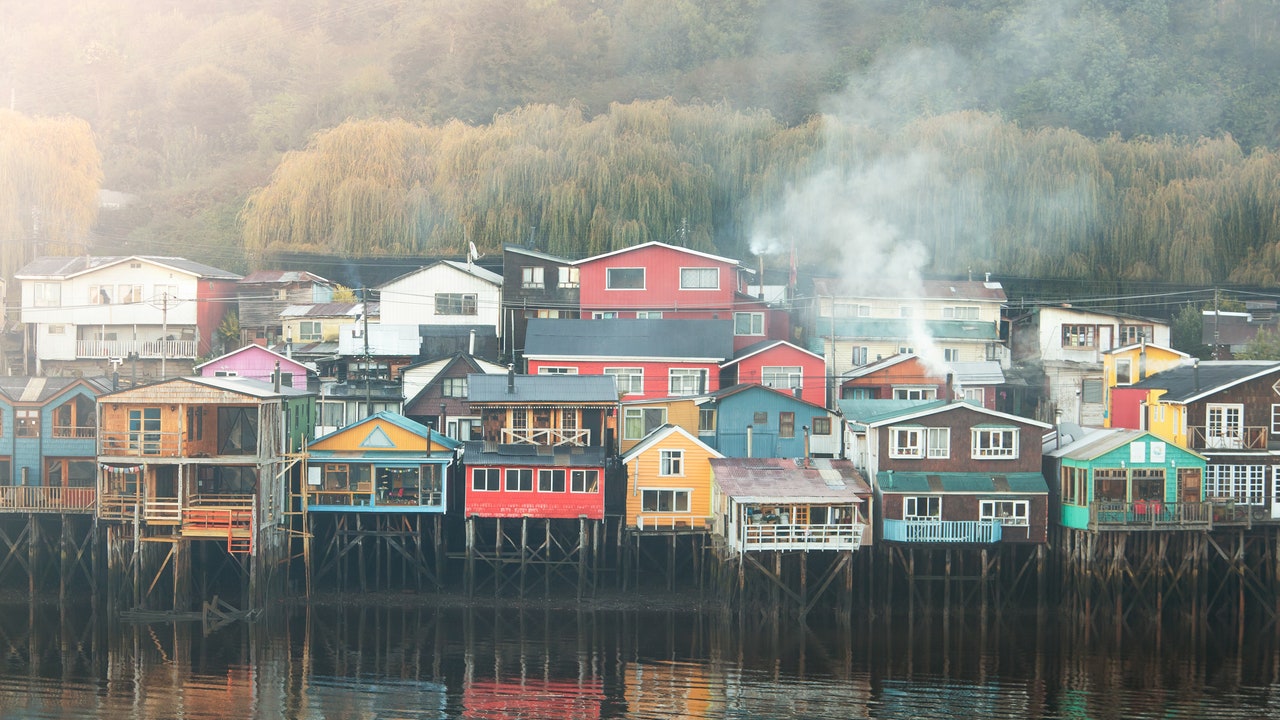




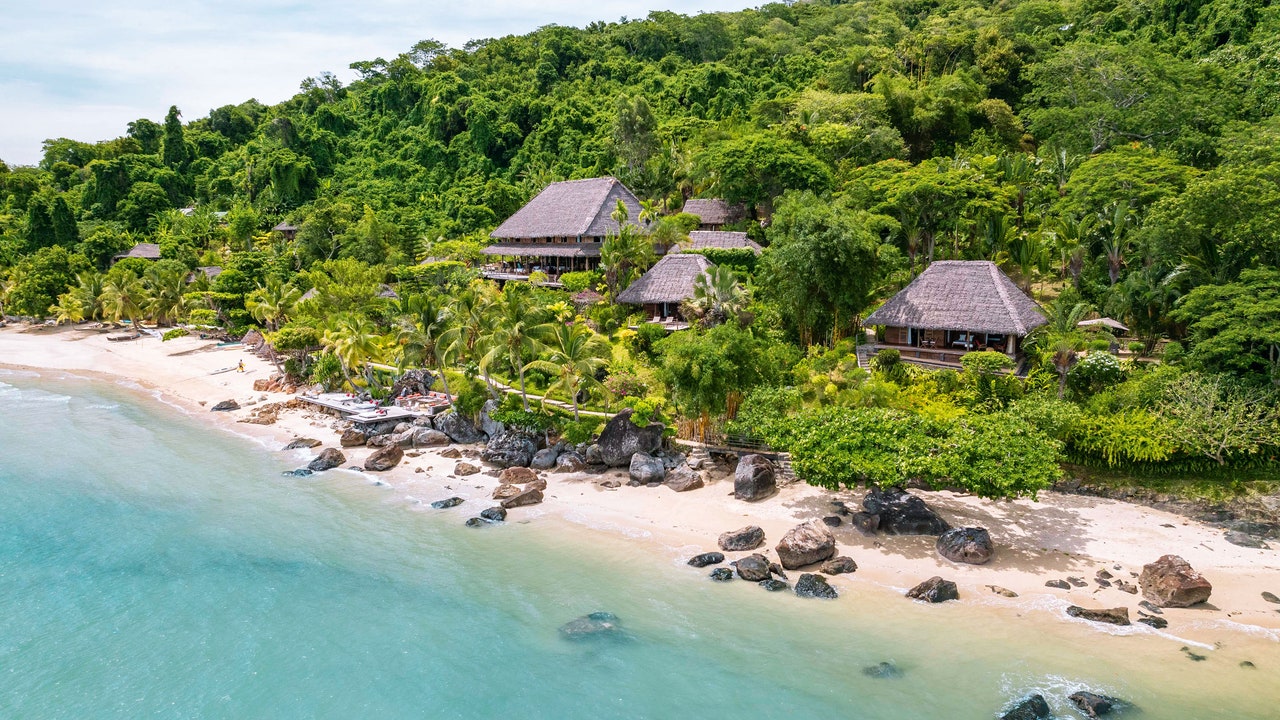
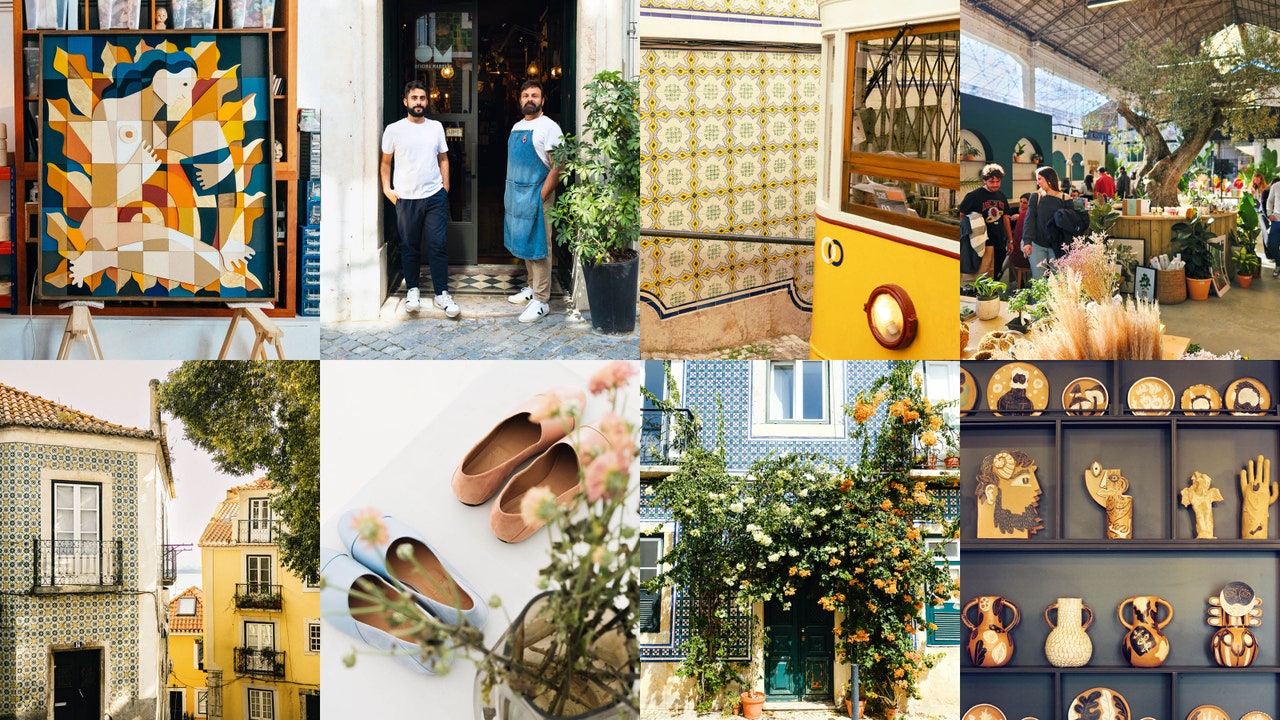
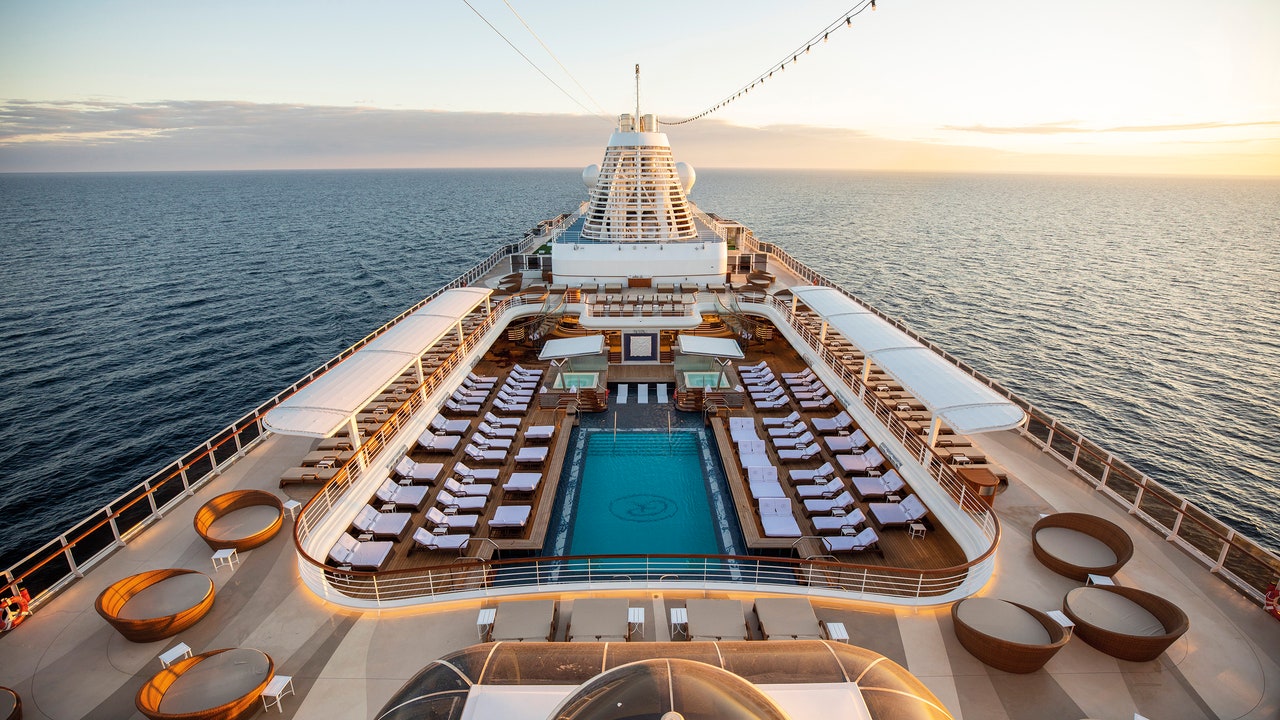
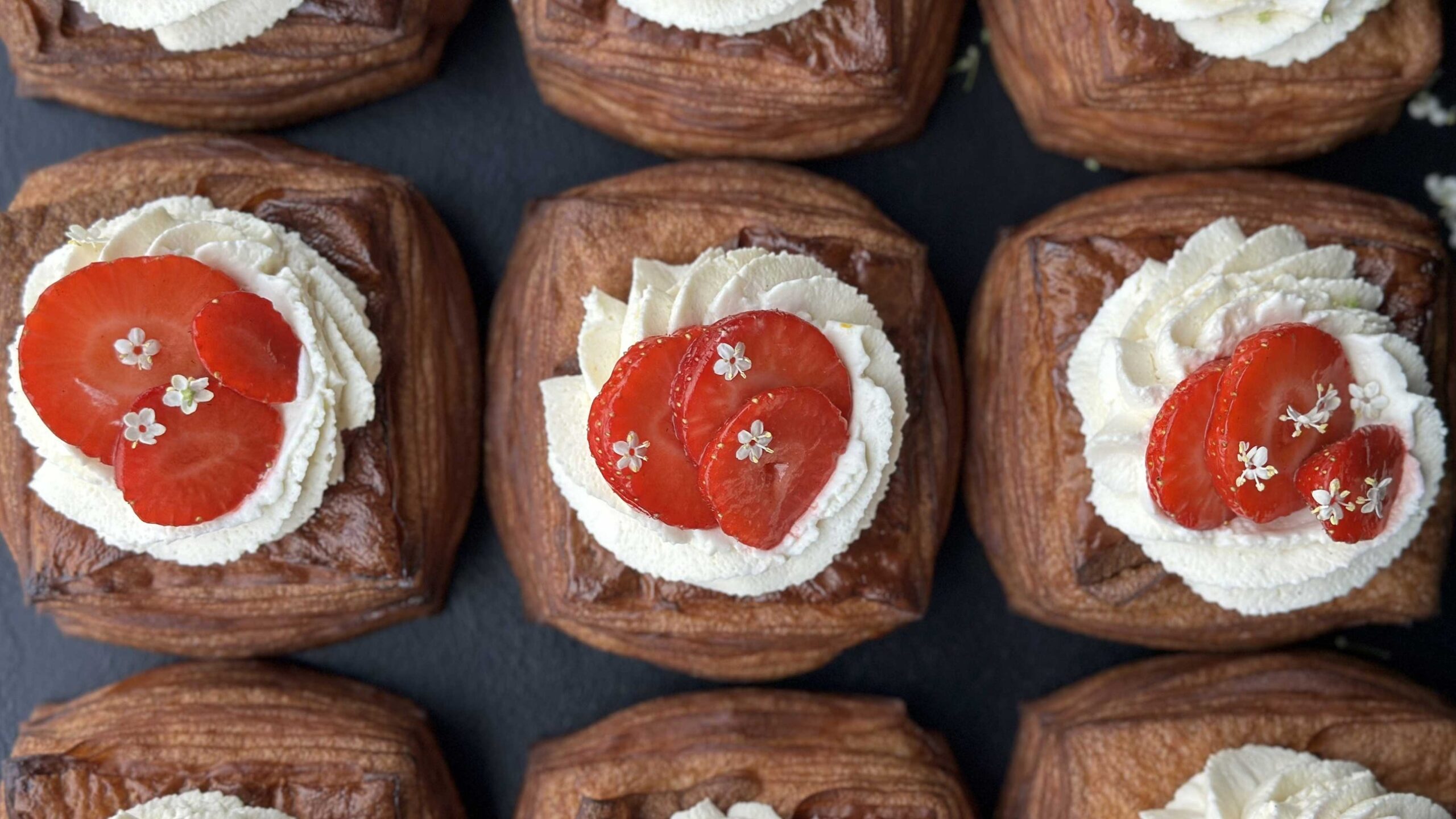

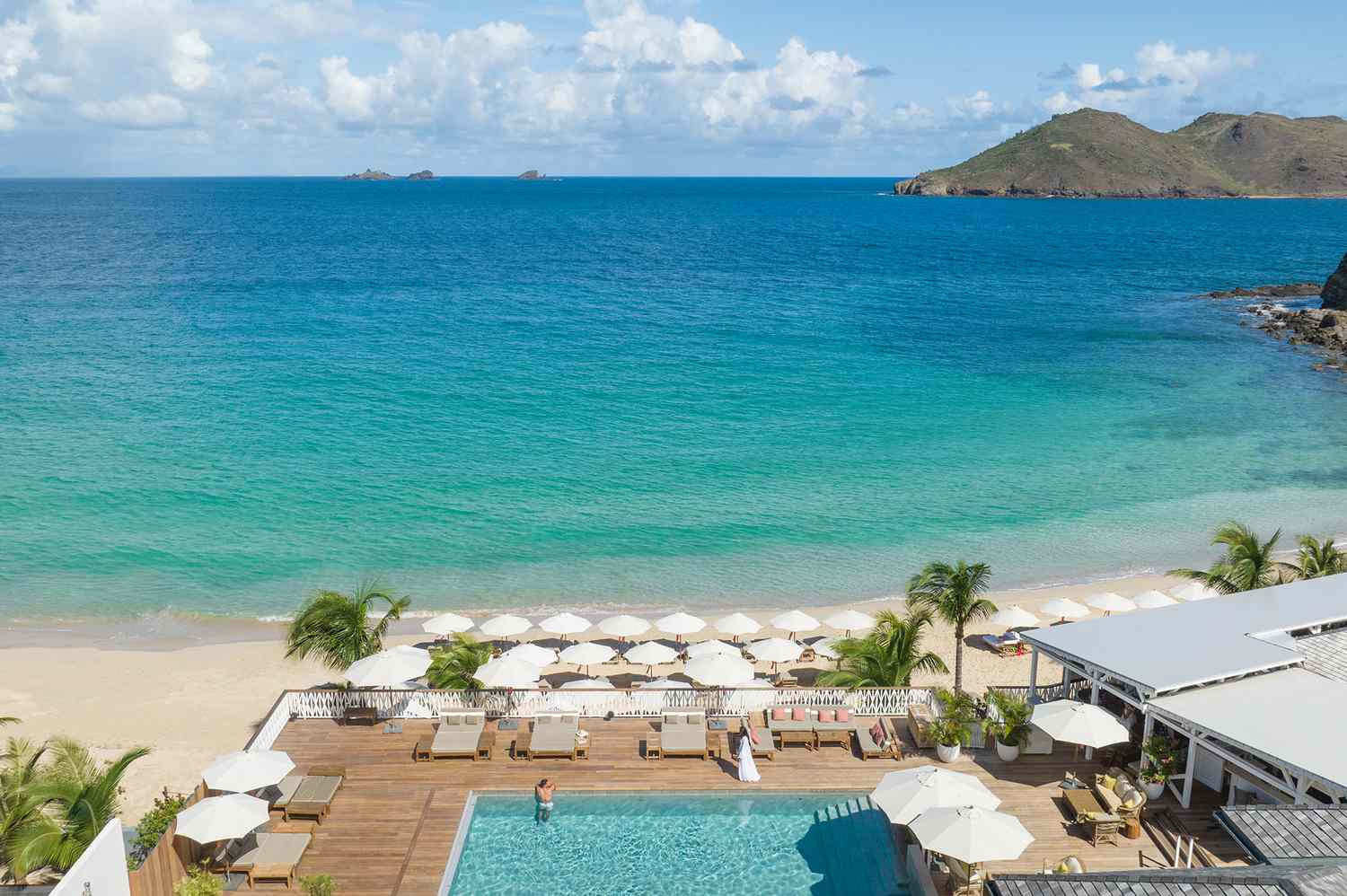
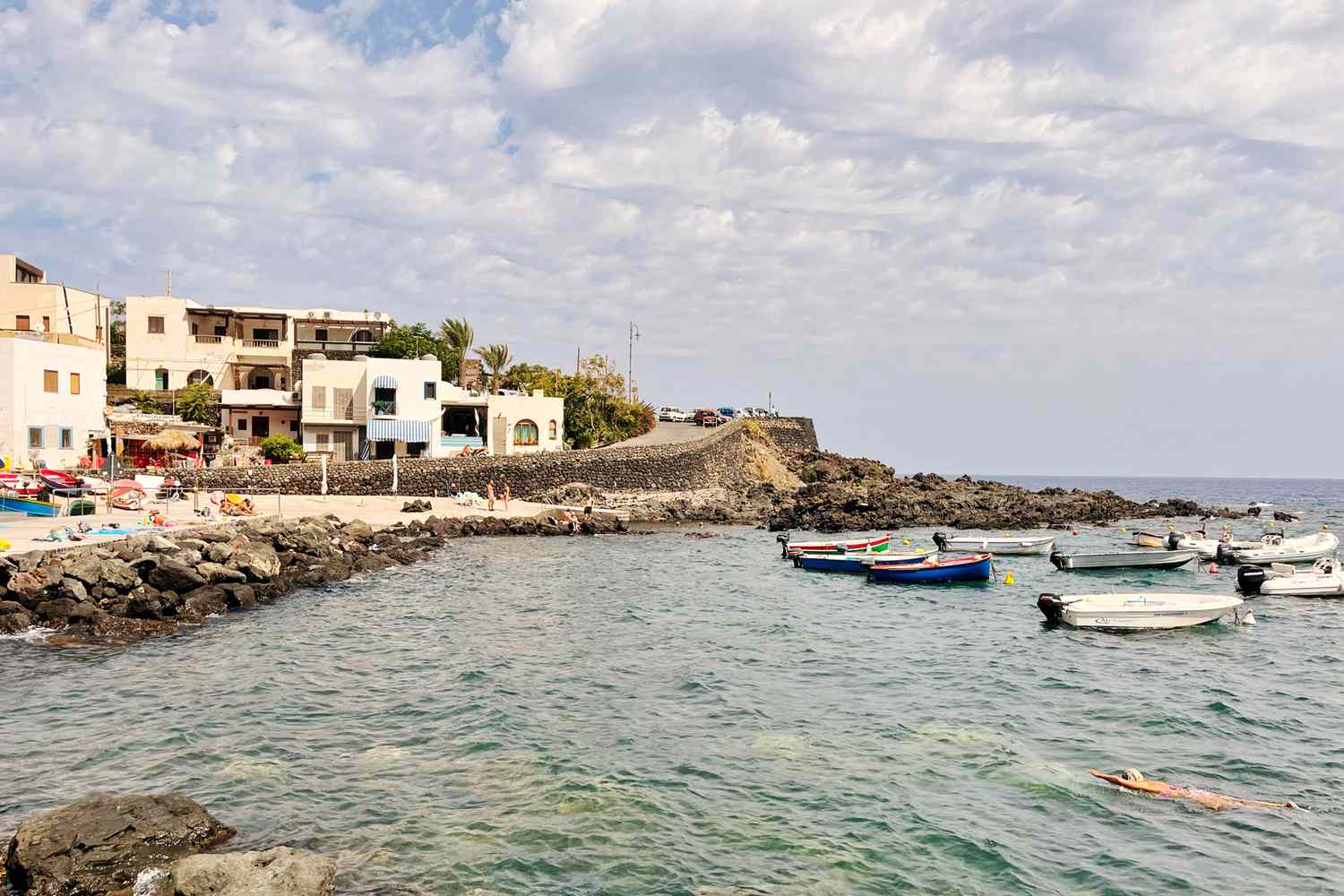



Leave a Reply